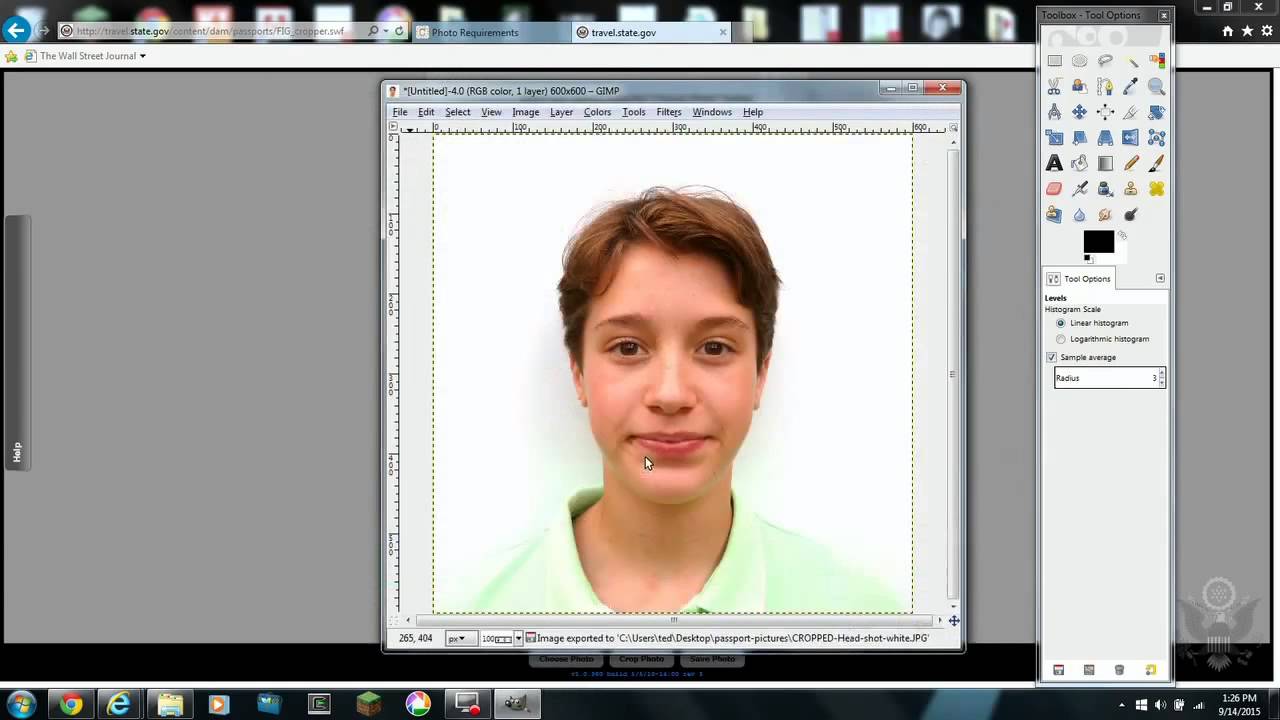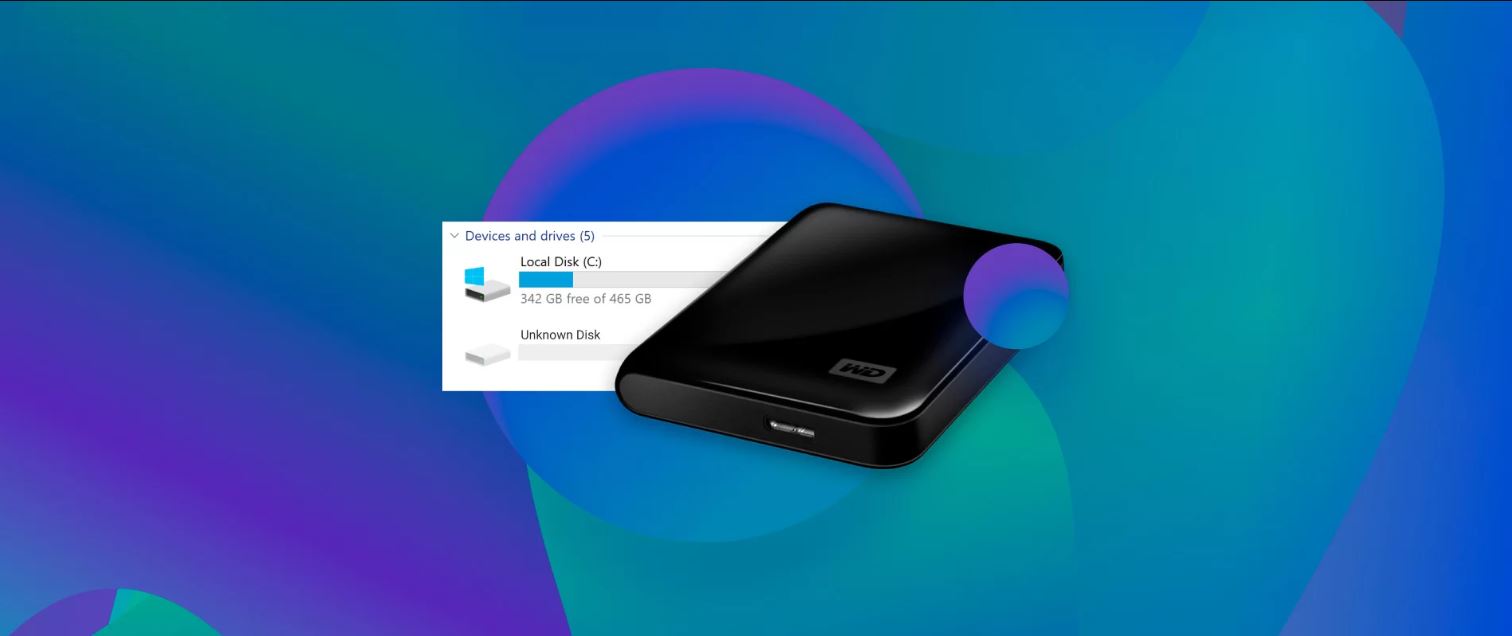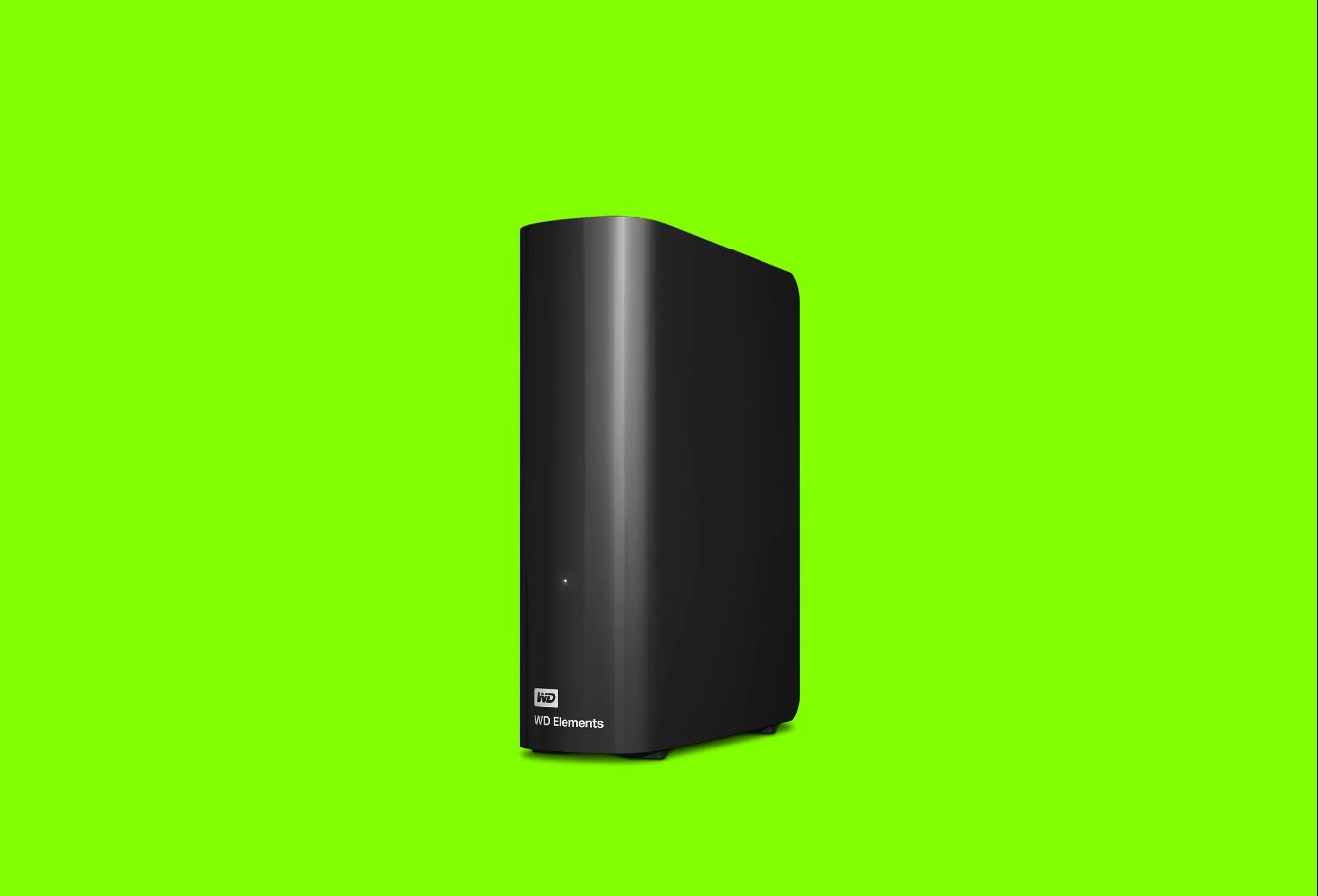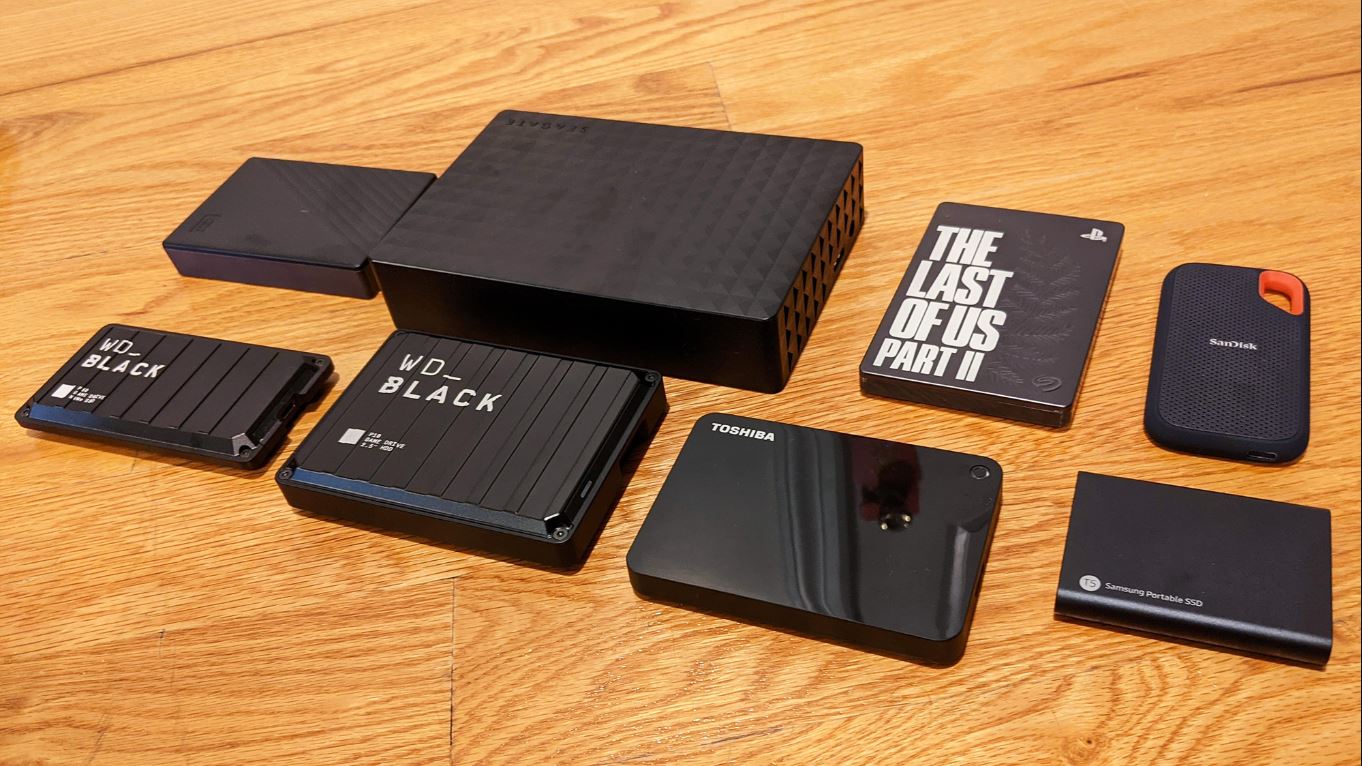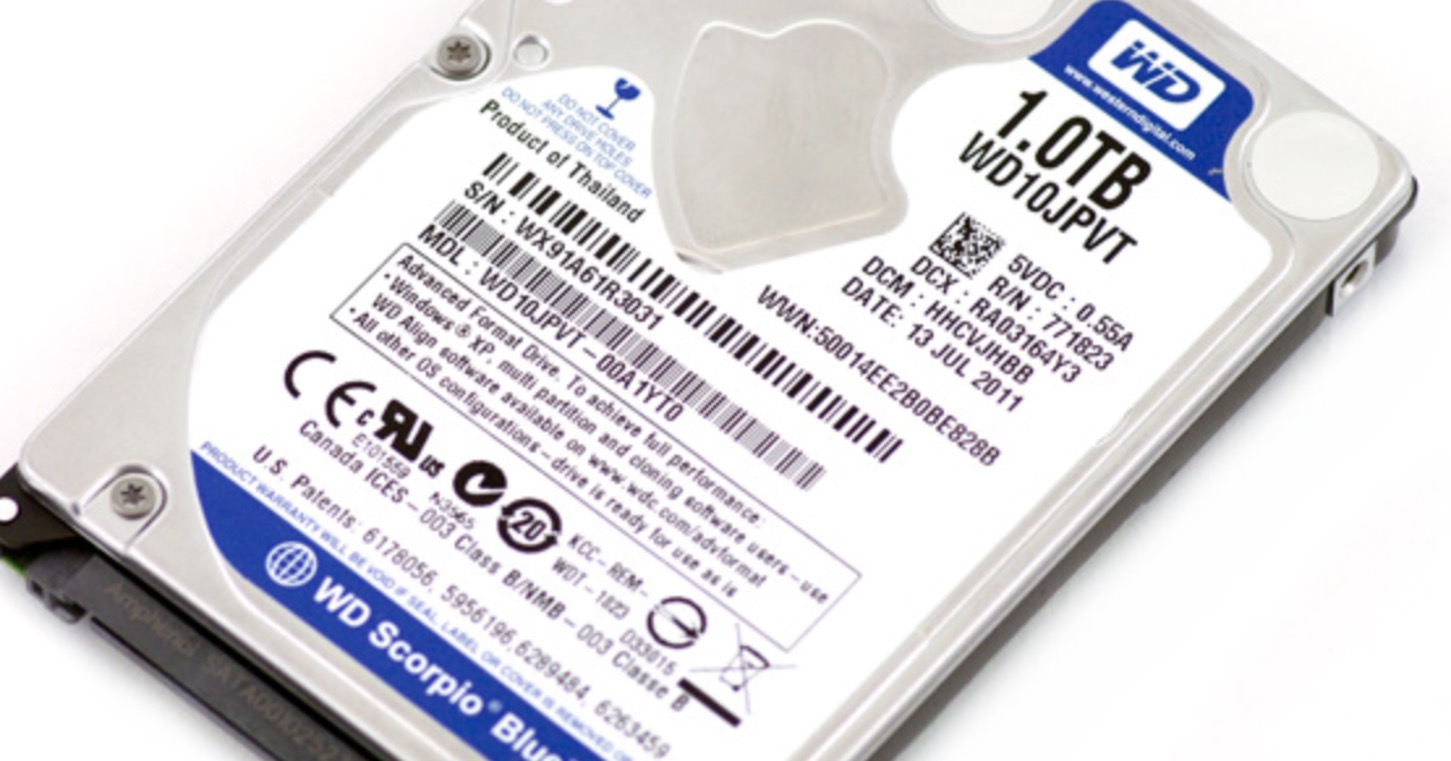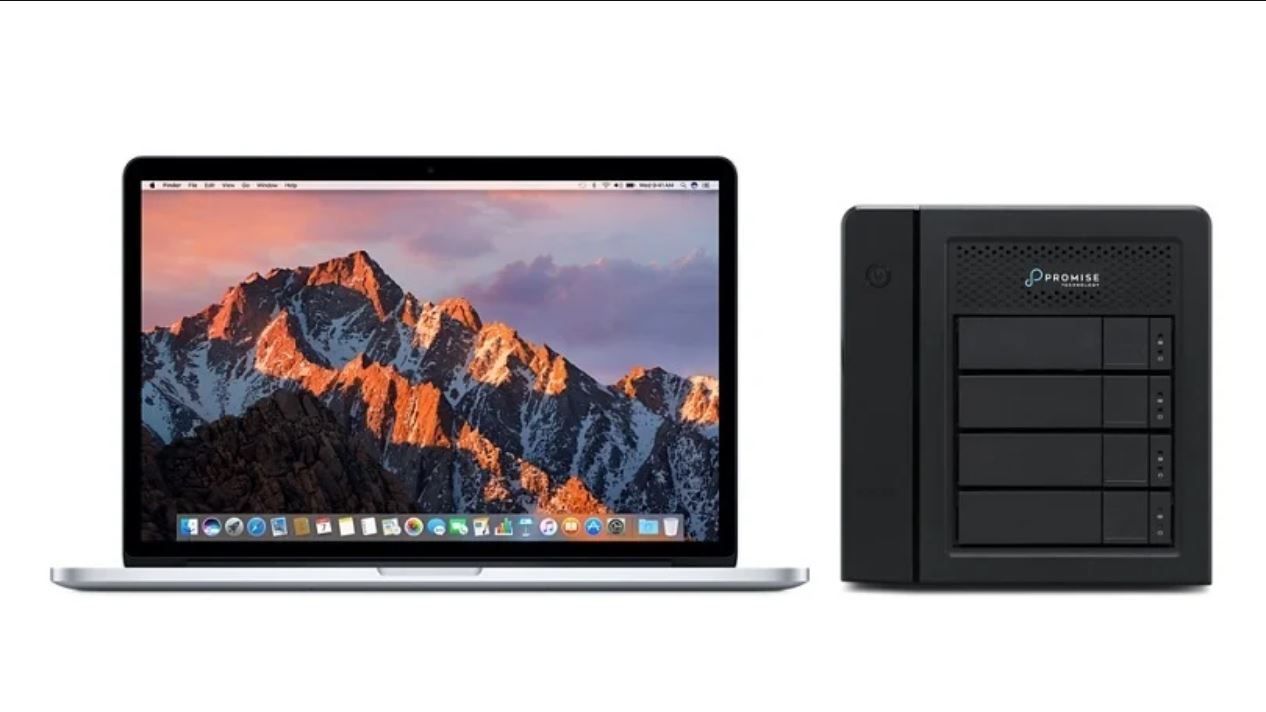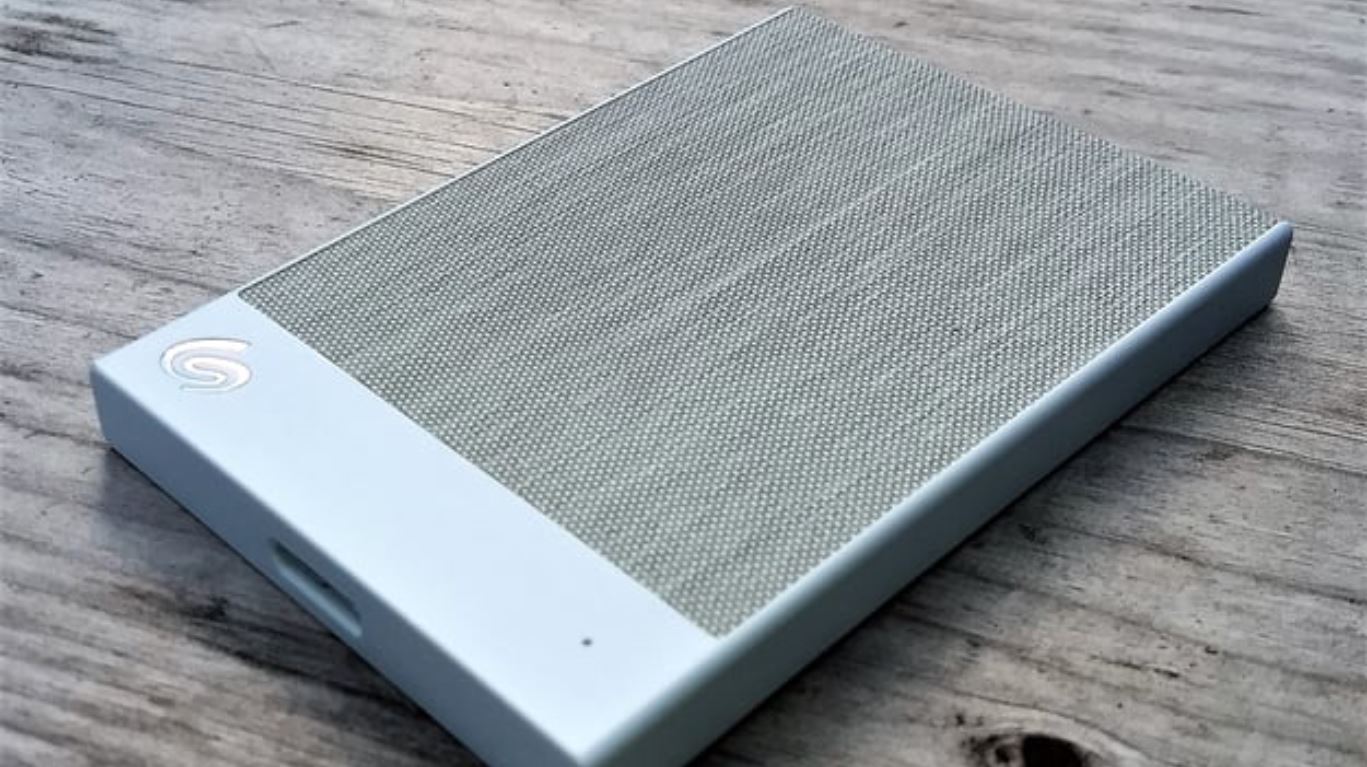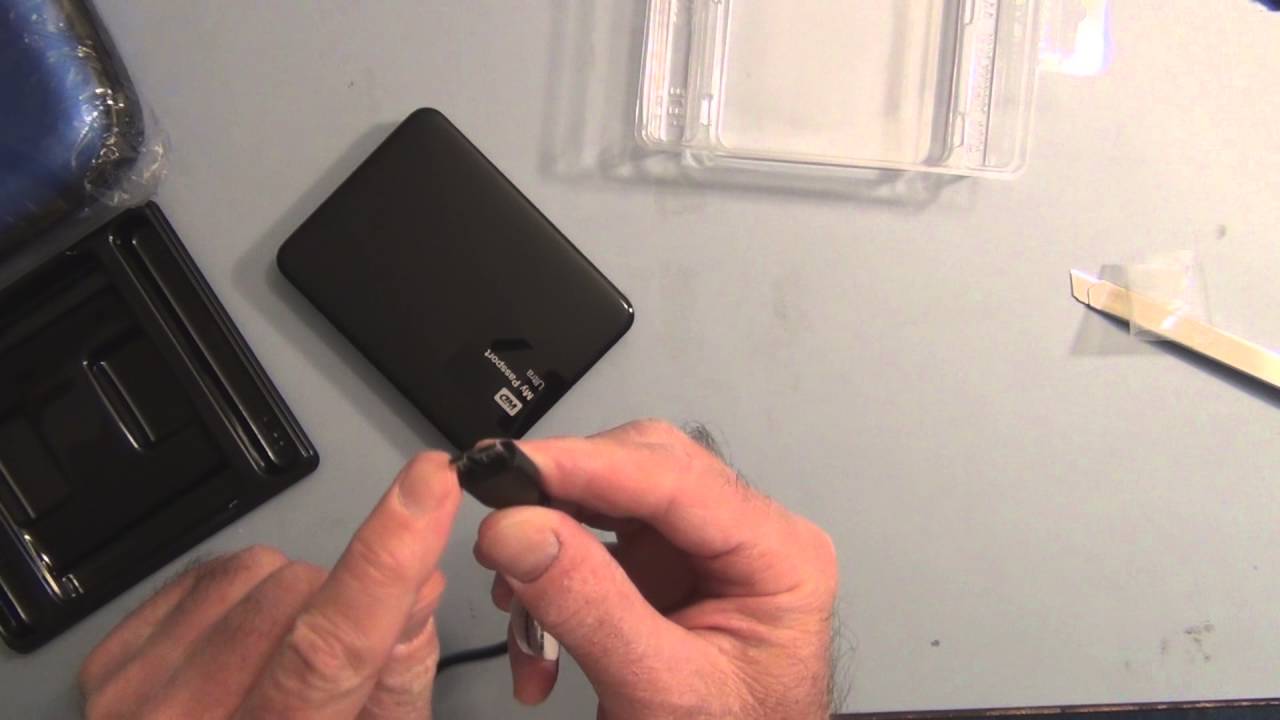Introduction
Welcome to the digital age, where everything from communication to documentation has gone digital, including passport photos. Gone are the days of standing in line at the photo booth or drugstore to get a physical passport photo. With advances in technology, you can now easily obtain a digital photo for your passport from the comfort of your own home. But what exactly is a digital photo for a passport, and how does it differ from traditional passport photos?
A digital photo for a passport is a digital image file that meets specific requirements set by passport authorities. It serves as a digital representation of your physical appearance and is used in official documents, such as passports, ID cards, and visas. The digital photo can be submitted electronically, eliminating the need for physical prints and the associated inconvenience and cost.
Unlike traditional passport photos, which are printed on photo paper and often come in standard sizes, a digital photo for a passport is stored as a digital file. This file can be easily resized, cropped, and adjusted to meet the specific requirements of different countries and passport authorities.
In this article, we will explore the requirements for a digital photo for a passport, how to obtain one, tips for taking a digital passport photo, common mistakes to avoid, and answer some frequently asked questions. So, whether you’re renewing your passport or getting one for the first time, let’s embark on this digital journey together and demystify the world of digital passport photos!
Definition of a Digital Photo for Passport
A digital photo for a passport is a high-quality, digital image file that meets specific requirements set by governmental passport authorities. It serves as a visual representation of an individual’s physical appearance and is used for identification purposes in official documents, such as passports, ID cards, and visas.
The digital photo must accurately capture the individual’s facial features, ensuring that they can be easily recognized and matched to their physical appearance. The image file can be in various formats, such as JPEG or PNG, and must comply with specific dimensions, resolution, and file size requirements. These requirements may vary between countries and passport authorities, but they generally aim to ensure consistent quality and ease of processing.
In addition to capturing the individual’s facial features, a digital photo for a passport should adhere to specific composition guidelines. This includes the positioning of the head in the frame, the direction of the gaze, and the absence of any obstructions or distractions. The background should be plain, with a neutral color such as white or light gray, and free from any shadows or patterns that may interfere with facial recognition technology.
While the specific dimensions, resolution, and file size requirements may vary, common guidelines for a digital photo for a passport often include:
- Image dimensions: typically 2 inches by 2 inches (51mm by 51mm)
- Resolution: at least 300 pixels per inch (PPI)
- File format: JPEG or PNG
- Color space: sRGB
- File size: often limited to a specific maximum size (e.g., 240 kilobytes)
It’s important to note that these guidelines may change over time as technology advances or governmental regulations are updated. Therefore, it’s crucial to check the specific requirements of your country’s passport authority before submitting a digital photo for your passport application.
Requirements of a Digital Photo for Passport
When it comes to obtaining a digital photo for your passport, there are specific requirements that you need to adhere to. These requirements ensure that the photo meets the standards set by passport authorities and can be easily processed for identification purposes. While the exact requirements may vary between countries and passport authorities, here are some common ones:
- Size and Dimensions: The digital photo should have precise dimensions, typically 2 inches by 2 inches (51mm by 51mm). This ensures consistency in size across different passport documents. Additionally, the head size should be within a specific range, usually between 1 inch and 1 3/8 inches (25mm and 35mm).
- Resolution and Image Quality: The photo should have a minimum resolution of 300 pixels per inch (PPI) to ensure clarity and sharpness. The image quality must be high, with no visible blurriness, pixelation, or loss of detail.
- Background: The background of the photo should be plain and uniform in color. Most authorities require a neutral color such as white or light gray. Avoid distracting patterns, shadows, or objects in the background that may interfere with facial recognition technology.
- Facial Expression and Positioning: The individual should have a neutral facial expression with their eyes open and clearly visible. The head should be centered within the frame, facing the camera directly, and not tilted or turned. Both ears should be visible, and there should be no objects obstructing the face.
- Attire and Accessories: Generally, passport photos require the individual to be dressed in normal everyday clothing. Avoid uniforms, costumes, or clothing that may obscure the face or create confusion. Religious headgear or eyeglasses may be allowed but certain conditions may apply, such as ensuring that the face is fully visible without obstruction or glare from the glasses.
- Photo Format: The digital photo should be in a commonly accepted file format such as JPEG or PNG. It is essential to follow the specific file format requirements set by the passport authority.
- File Size: The file size of the digital photo may be limited to a specific maximum size, often measured in kilobytes. It’s important to ensure that the photo file is within the allowed size limit to avoid any issues during the application process.
These requirements are in place to ensure that the digital photo accurately represents your physical appearance and can be used for identification purposes. It’s essential to carefully review and comply with the specific requirements outlined by your country’s passport authority to avoid any delays or issues with your passport application.
How to Obtain a Digital Photo for Passport
Obtaining a digital photo for your passport has become increasingly convenient with the advancement of technology and the availability of online services. Here are some common methods to obtain a digital photo for your passport:
- Use a Passport Photo Online Service: Several online platforms and mobile applications offer passport photo services. These services allow you to take a photo with your smartphone or upload an existing photo and then edit it to meet the specific requirements for a digital passport photo. Once the photo is ready, you can download the digital file directly from the platform.
- Visit a Professional Photographer: If you prefer a more traditional approach, you can visit a professional photographer who specializes in passport photos. They will have the necessary equipment and knowledge to capture a compliant digital photo for your passport. They can provide you with a digital file in the required format and dimensions.
- DIY with a Digital Camera: If you have a digital camera or a smartphone with a high-quality camera, you can take the photo yourself. Set up a plain background with good lighting, position yourself according to the guidelines, and capture the photo. You can then transfer the photo to your computer and use photo editing software to adjust it to meet the requirements.
- Use a Photo Editing Software: If you already have a physical passport photo, you can scan it or take a high-resolution photo of it. Then, using photo editing software like Adobe Photoshop or free online tools, you can adjust the photo to meet the specific digital photo requirements, such as cropping, resizing, and adjusting the background and lighting.
- Passport Photo Booths: Some locations, such as shopping malls or post offices, have passport photo booths that are equipped with cameras and software to capture digital passport photos on the spot. These booths often provide instant prints as well as the option to obtain the digital file.
Whichever method you choose, it’s crucial to ensure that the resulting digital photo meets the specific requirements set by your country’s passport authority. Remember to review the guidelines and double-check the dimensions, resolution, background, and overall quality before submitting the digital photo for your passport application.
Tips for Taking a Digital Photo for Passport
When taking a digital photo for your passport, it’s important to follow certain tips and guidelines to ensure that the resulting photo meets the requirements set by the passport authorities. Here are some helpful tips to keep in mind when taking a digital passport photo:
- Find Proper Lighting: Ensure that you have adequate lighting that is evenly distributed to avoid shadows on your face. Natural light or diffused lighting is ideal, as harsh direct lighting can result in overexposure or unwanted glare.
- Choose a Plain Background: Use a plain, light-colored background such as white or light gray. Avoid busy or textured backgrounds that may interfere with the clarity and recognition of your facial features.
- Position Your Head Correctly: Position your head directly facing the camera, with your face centered within the frame. Do not tilt or turn your head, as this may affect the accuracy of the photo. Your head and shoulders should be clearly visible without any obstructions.
- Get the Right Facial Expression: Maintain a neutral facial expression with your eyes open and looking directly at the camera. Avoid smiling or frowning excessively, as the passport authorities usually require a neutral expression for identification purposes.
- Avoid Glare and Reflections: If you wear glasses, make sure they do not cause any glare or reflections that obstruct the view of your eyes. You may consider temporarily removing your glasses or adjusting their position to minimize potential issues.
- Don’t Overedit or Retouch: While it may be tempting to retouch or enhance your photo, it’s important to maintain its authenticity and accuracy. Avoid excessive editing, filters, or retouching that may alter your natural appearance or create inconsistencies.
- Ensure Proper Resolution and Size: Pay attention to the resolution and dimensions specified by the passport authorities. Ensure that your photo meets the minimum resolution requirements and is sized according to the specified dimensions for your country.
- Double-Check the Requirements: Before finalizing your digital passport photo, carefully review the specific requirements outlined by your country’s passport authority. Ensure that your photo meets all the necessary guidelines in terms of size, format, composition, and overall quality.
By following these tips, you can capture a digital passport photo that is compliant with the requirements and will help expedite your passport application process. Remember, the goal is to accurately represent your physical appearance while adhering to the specific guidelines set by the passport authorities.
Common Mistakes to Avoid in Digital Photos for Passport
When it comes to taking digital photos for your passport, there are certain common mistakes that you should avoid. These mistakes can lead to your photo being rejected and may cause delays in your passport application process. Here are some common mistakes to watch out for:
- Using an Incorrect or Distracting Background: One of the most common mistakes is using a background that does not meet the requirements. It’s important to use a plain, light-colored background, such as white or light gray, to ensure that your facial features are clearly visible. Avoid busy or patterned backgrounds that can interfere with the photo’s clarity.
- Improper Lighting: Lighting plays a crucial role in capturing a clear and accurate photo. Avoid harsh lighting that creates shadows or overexposure. Instead, opt for natural or diffused lighting that evenly illuminates your face without creating unwanted shadows or glare.
- Incorrect Positioning of the Head: Ensure that your head is positioned directly facing the camera and that your face is centered within the frame. Tilting or turning your head can lead to issues with facial recognition and may result in the rejection of your photo.
- Displaying an Inappropriate Facial Expression: Passport photos require a neutral facial expression, with your eyes open and looking directly at the camera. Avoid smiling, frowning, or making any exaggerated facial expressions that do not comply with the requirement of a neutral expression.
- Using Obstructive Accessories or Headgear: While headwear may be permitted for religious or medical reasons, it’s important to ensure that it does not obstruct your facial features, such as covering your eyes or casting shadows. Similarly, avoid wearing accessories that may cause glare or reflections, such as sunglasses or overly shiny jewelry.
- Poor Image Quality or Resolution: Ensure that your digital photo is of high quality and meets the minimum resolution requirements set by the passport authorities. Blurry or pixelated photos may lead to the rejection of your application, as they make it difficult to accurately identify your facial features.
- Overediting or Retouching: It’s important to maintain the authenticity and accuracy of your passport photo. Avoid excessive editing, filters, or retouching that alters your natural appearance or creates inconsistencies. The photo should represent your true likeness and enable easy identification.
- Ignoring the Specific Requirements: Every country has its own specific requirements for passport photos. It’s crucial to carefully review and adhere to these requirements. Failure to comply could result in your photo being rejected, causing delays in your passport application process.
By being aware of these common mistakes, you can ensure that your digital passport photo meets the necessary guidelines and stands a higher chance of being accepted. Remember to thoroughly review the requirements, pay attention to the details, and take the necessary steps to avoid these mistakes when capturing your digital passport photo.
Frequently Asked Questions about Digital Photos for Passports
Here are some frequently asked questions about digital photos for passports:
- Can I take a passport photo with my smartphone?
- Can I wear glasses in my passport photo?
- What size and resolution should my digital passport photo be?
- Can I use an old photo for my passport application?
- Can I smile in my passport photo?
- What should I do if my digital passport photo is rejected?
Yes, you can take a passport photo with your smartphone, provided it has a high-quality camera. Many online platforms and mobile applications offer passport photo services that allow you to take a photo with your smartphone and edit it to meet the specific requirements for a digital passport photo.
In most cases, you can wear glasses in your passport photo, as long as they do not obstruct your facial features and there are no glare or reflections. However, some countries may have specific guidelines regarding glasses, so it’s essential to check the requirements of your country’s passport authority.
The size and resolution requirements for a digital passport photo may vary between countries and passport authorities. However, a common size is 2 inches by 2 inches (51mm by 51mm), and the resolution should be at least 300 pixels per inch (PPI). It’s crucial to review the specific requirements outlined by your country’s passport authority.
No, it is generally not recommended to use an old photo for your passport application. Passport authorities require recent photos to accurately represent your current appearance. Using an old photo may result in the rejection of your application. It’s best to take a new photo that meets the current requirements.
Most passport authorities require a neutral facial expression for passport photos. Smiling, frowning, or making exaggerated expressions is usually not allowed. It’s important to follow the guidelines and maintain a neutral expression with your eyes open and looking directly at the camera.
If your digital passport photo is rejected, you will need to retake the photo and ensure it meets the specific requirements outlined by your country’s passport authority. Review the guidelines carefully, paying attention to details such as the background, lighting, facial expression, and overall quality of the photo.
It’s important to note that specific requirements and guidelines may vary between countries and passport authorities, so it’s always recommended to consult the official guidelines provided by your country’s passport authority to ensure your digital passport photo meets the necessary criteria for a successful passport application.
Conclusion
In this digital age, obtaining a digital photo for your passport has become more accessible and convenient. By following the specific requirements set by passport authorities, you can capture a high-quality digital photo that accurately represents your physical appearance and meets the standards for identification purposes.
Throughout this article, we’ve explored the definition of a digital photo for a passport, the requirements you need to comply with, and various methods to obtain a digital photo that meets the necessary guidelines. We’ve also provided tips to ensure that your digital passport photo is of the highest quality and avoid common mistakes that could lead to rejection or delays in your passport application process.
Remember, taking a digital photo for your passport is a crucial step and it’s important to carefully review the specific requirements set by your country’s passport authority. These requirements may include size and dimensions, image quality and resolution, background, facial expression, and proper positioning.
By understanding and adhering to these guidelines, you can ensure a smooth and successful passport application experience. Whether you choose to use an online service, visit a professional photographer, or take the photo yourself, always double-check the requirements and ensure the resulting digital photo meets the necessary criteria.
Now that you have a better understanding of digital photos for passports, you can confidently proceed with capturing a high-quality digital photo and submitting it for your passport application. Safe travels!







